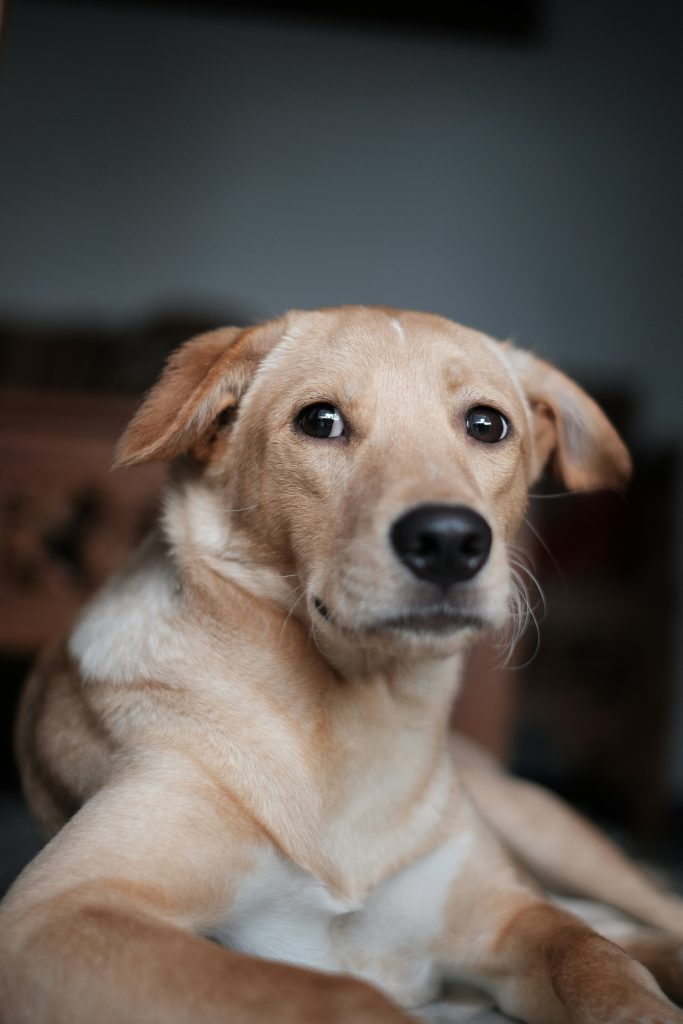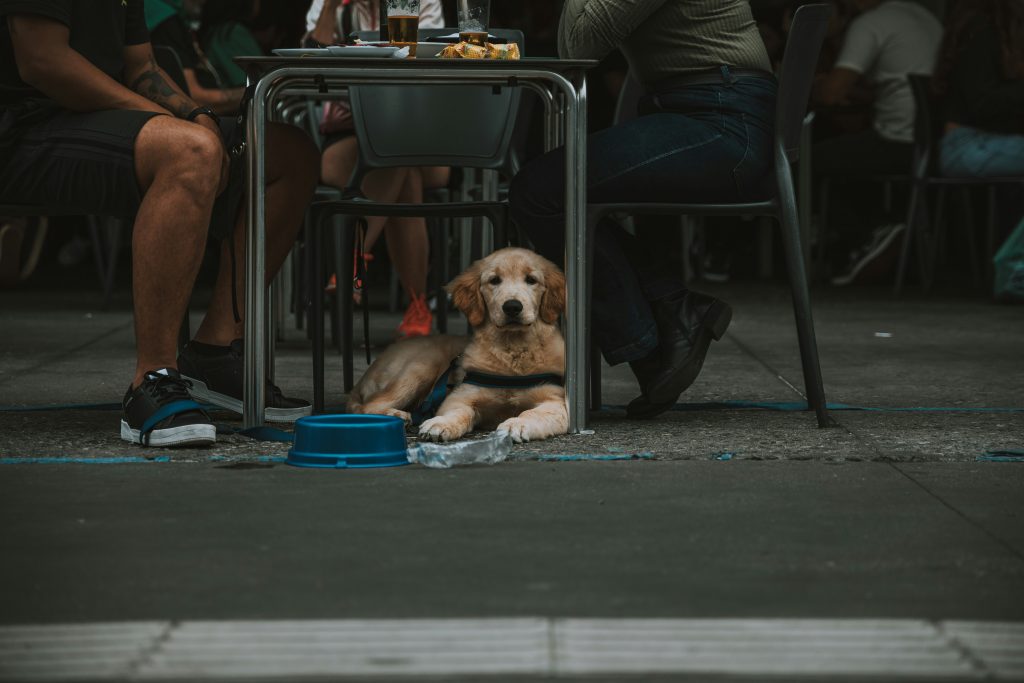How Environments Trigger Dog Nervousness
Dogs are highly sensitive creatures, and their behavior can shift dramatically depending on their environment. A calm and confident dog at home might act completely differently in a crowded park, busy vet clinic, or even on a new walking path. Just like humans, dogs have stress triggers, and understanding how environmental factors play into their anxiety is essential to helping them feel secure.
In this blog, we’ll look at common places and situations that can make dogs nervous—and how you can help ease their discomfort.
Why Environment Matters
Dogs thrive on routine, predictability, and familiar smells and sounds. When they’re exposed to new or overstimulating environments, their nervous system kicks into overdrive. They might not know what to expect, how to react, or where to go for safety—leading to signs of anxiety that range from subtle to severe.
1. Veterinary Clinics
Even the most confident dogs can become anxious at the vet’s office. The combination of unfamiliar smells, other stressed animals, slippery floors, and clinical procedures can be overwhelming.
Signs to watch for:
-
Excessive panting or drooling
-
Tail tucking
-
Attempting to escape or pull toward the door
-
Lip licking and yawning
Tip: Bring your dog to the vet for casual visits where they get a treat and leave without any procedures. This builds positive associations over time.
2. Crowded or Noisy Places
Busy sidewalks, street festivals, and large gatherings can be highly stressful for dogs, especially if they are naturally shy or haven’t been well-socialized.
Common triggers:
-
Loud music or shouting
-
Sudden movements
-
Strangers reaching out to pet them
-
Unpredictable animal behavior
Tip: Observe your dog closely in crowds. If they seem uncomfortable, it’s okay to leave and try a quieter location.
3. New Homes or Moving
Moving to a new house is a big adjustment for dogs. New smells, unfamiliar layouts, and a shift in their daily routine can cause nervousness or even temporary behavior changes.
Signs of anxiety after a move:
-
Barking or whining when left alone
-
Refusing to eat
-
Increased clinginess
-
Restlessness or pacing
Tip: Keep familiar items nearby (like their bed or favorite toy) and establish a consistent routine in the new space to give your dog a sense of normalcy.
4. Car Rides and Travel
Not all dogs love the car. For some, car rides are associated with stressful destinations (like the vet or groomer), motion sickness, or a loss of control.
Stress behaviors during travel:
-
Trembling or pacing
-
Drooling
-
Whining or barking
-
Vomiting or excessive shedding
Tip: Start with short car rides and reward your dog each time. Gradually build up to longer trips and consider using a crate or seatbelt harness for added security.
5. Boarding Facilities and Daycare
While some dogs thrive in social settings, others become anxious in kennels or daycare centers due to unfamiliar dogs, new people, or a change in routine.
Signs your dog may be nervous at daycare:
-
Refusing to enter the facility
-
Hiding in corners or under furniture
-
Excessive panting or drooling
-
Aggressive or reactive behavior
Tip: Introduce daycare gradually with trial visits, and always monitor your dog’s behavior after pickup. Choose facilities with proper supervision and quiet spaces.
6. Dog Parks
Dog parks can be great for exercise and socialization—but they can also be overwhelming. For dogs who are timid or under-socialized, a dog park’s unpredictability can spike anxiety.
Signs of stress at the dog park:
-
Clinging to you or trying to leave
-
Overcorrecting or barking at other dogs
-
Not engaging in play
-
Submissive posturing or hiding
Tip: Visit during off-peak hours for a quieter experience, or opt for playdates with familiar dogs in more controlled environments.
7. Loud Noises at Home
Things like thunderstorms, fireworks, vacuum cleaners, or construction noise can make even confident dogs uneasy.
Common reactions:
-
Hiding under furniture
-
Shaking
-
Barking or whining
-
Attempting to escape or dig
Tip: Provide a quiet space for your dog to retreat, use calming music or white noise, and consider desensitization training over time.
Helping Your Dog Feel Safe
If your dog frequently becomes nervous in certain environments, it doesn’t mean something is “wrong” with them—it just means they need support, patience, and training to feel more secure.
Here are a few ways to help:
-
Counter-conditioning: Pair the environment with positive experiences, like treats, praise, or toys.
-
Gradual exposure: Don’t throw your dog into stressful situations. Ease them in slowly.
-
Provide structure: Routines and predictability reduce anxiety.
-
Use calming tools: Consider anxiety vests, pheromone diffusers, or vet-approved supplements.
Final Thoughts
Dogs experience the world differently than we do, and their sensitivity to environment is a key part of their behavior. Recognizing how different places or situations can trigger nervousness helps you become a better, more empathetic dog owner.
In our next blog, we’ll cover how your own body language and tone can affect a nervous dog—and how you can use it to build trust and confidence.



